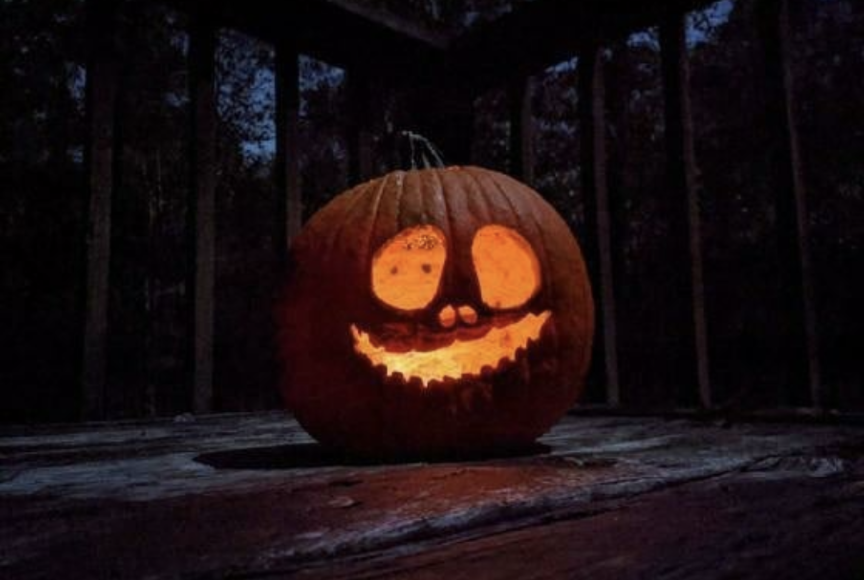How did Halloween become the holiday it is today?
October 29, 2021
As the leaves fall, and the night air turns cold, there is a thing that is on many people’s minds:
Halloween.
One of the most popular holidays of the modern era. From its traditions, to its movies to even its very own color scheme, it’s hard to have NOT come into contact with it at some point. However, what’s rarer is for someone to know its origins.
So where did the day originate? And how far back can the timeline be drawn?
Most historians have come to the general consensus that the focal point of many quintessential Halloween traditions originate from both Ireland and Scotland, roughly 2,000 years ago. And while there is much academic debate on which part, it is generally agreed upon that the ancient Celts helped to found many traditions that would eventually evolve into Halloween.
During the transitional period between the winter and fall seasons, when the harvest came to an end and where the world was transforming into the “darker” part of the year (the Winter season,) the ancient pre-Christian Celts believed the boundaries separating the spiritual and living realm would blur. Celebrated on October 31st, this belief was formed into the festival of Samhain. (pronounced “sah-win.”)
After the harvest was collected, attendees would gather with Druid priests to light a community bonfire. During the festival, animal and human sacrifices would be made. Rituals were performed. Offerings were prepared toward the dead. Adults and children would often dress in costume, in order to repel or confuse the spirits. Songs were sung to the dead. And treats were often given out or eaten.
Eventually, Catholicism began to spread over Europe. And as Christianity began to take root in many pagan communities, the festival began to evolve.
This is most apparent in the 9th Century A.D. In order to appeal to both pagans and non-pagans, Pope Gregory established the holiday of “All-Saints Day” (a day to celebrate saints and martyrs) which was to be celebrated on the following day of November 1st. Thus, Samhain was eventually dubbed “All-Hallow’s Eve.” Europeans accepted the new holiday, yet still kept the traditional pagan rituals they were accustomed to. Neither holiday did away with the pagan rites originally celebrated. This form of religious syncretism would blend together, eventually forming into the night of “Halloween.”
As Europeans began to settle in the new world, many pagan holidays were left behind in Europe. However, this would change in the mid 19th century, as millions of Irish immigrants brought their customs and traditions across the ocean to America. Here, in this melting pot of cultures, Halloween began to receive attention in the States.
Gourds used as “jack of the lantern” lights would eventually be switched out for pumpkins, becoming “jack-o-lanterns.” Festivals and family gatherings eventually turned into costume parties And speaking of costumes, the very disguises used by the Celts to repel spirits eventually became traditional Halloween outfits and masks.
These traditions, rituals, and histories come together to show how ever evolving holidays can be. And how there is almost never one side to a popular tradition or tale. And like the changing Fall weather, history shows us that customs never truly stay dead.




